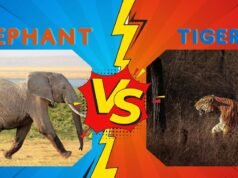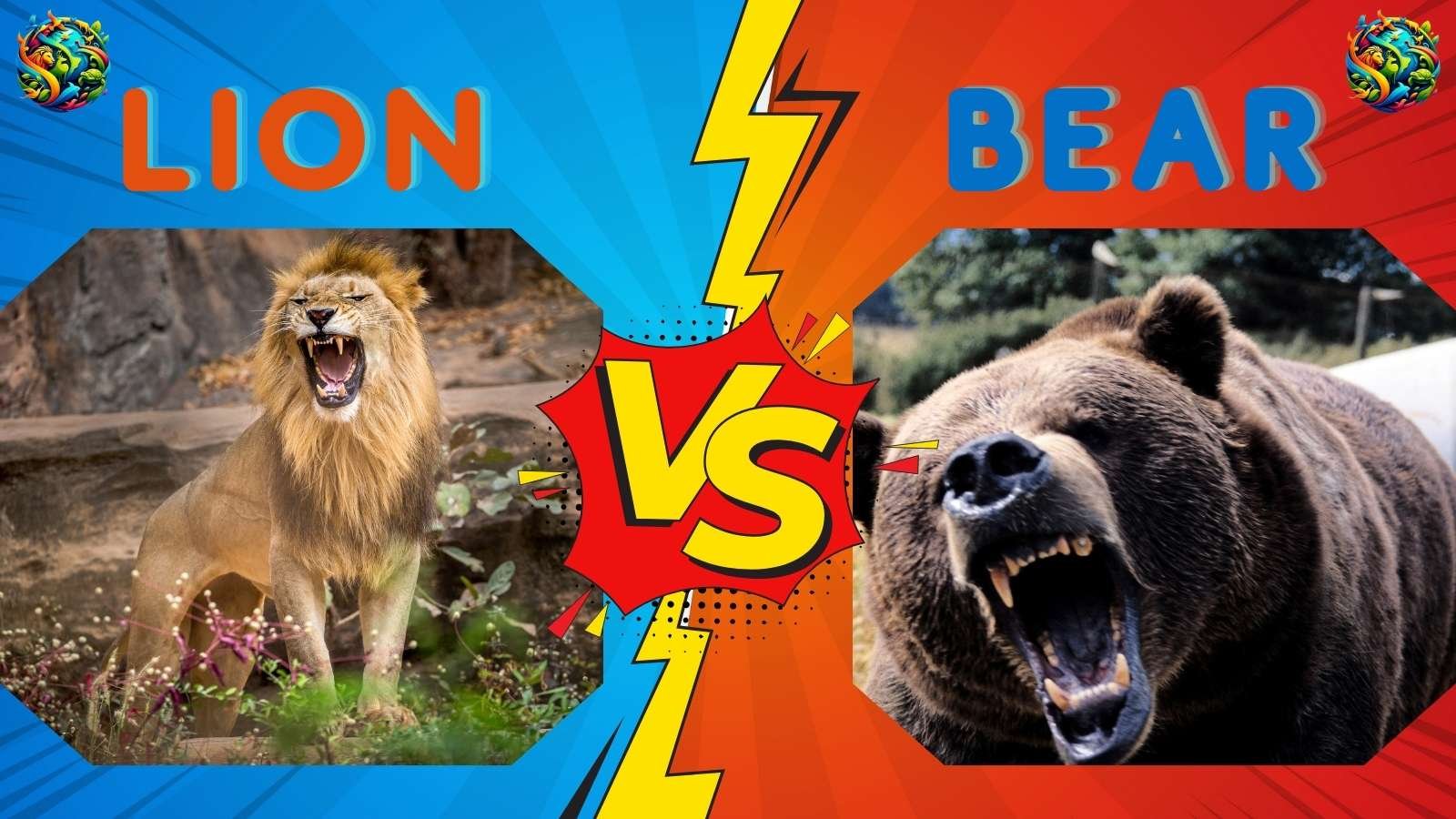Elephant Vs Giraffe: Who Wins in Size, Speed, and Survival?
The comparison between Elephant and Giraffe serves to highlight two of the most iconic animals in the animal kingdom. Found primarily in the savannas and grasslands of Africa, both creatures play significant ecological roles. Understanding their differences not only satisfies our curiosity but also aids wildlife enthusiasts and researchers interested in their conservation and behaviors. This article delves into various aspects, including size, speed, social behaviors, and dietary habits, to provide a thorough understanding of both animals.
Basic Information on the Animals
Elephant
The Elephas maximus (Asian elephant) and Loxodonta africana (African elephant) are the largest land mammals on Earth. Adult elephants can weigh between 5,000 to 14,000 pounds and can reach heights of 8 to 13 feet. They primarily inhabit grasslands, forests, and savannas across sub-Saharan Africa and parts of Asia. Elephants are highly social animals, often living in matriarchal family groups consisting of related females and their young.
- Diet: Herbivorous, feeding on grasses, leaves, bark, and fruit.
- Speed: Capable of reaching speeds up to 25 mph over short distances.
- Weaponry: Tusks, trunk, and sheer size are employed for defense and combat.
Giraffe
The scientific name of the giraffe is Giraffa camelopardalis, and it holds the title of the tallest land animal, with adult males averaging about 18 feet in height. Giraffes are naturally found in varied habitats, including savannas, grasslands, and open woodlands across Africa. They are also social animals, often seen in loose herds with no stable structure.
- Diet: Herbivorous, primarily browsing leaves, fruits, and flowers from tall trees.
- Speed: Can run at speeds of around 37 mph in short bursts.
- Weaponry: Legs, particularly the powerful front limbs, are used for defensive kicks.
Key Comparisons of Elephant vs Giraffe
When comparing the physical attributes and capabilities of elephants and giraffes, several distinct differences emerge:
- Strength: Elephants possess immense strength due to their size and muscular build, making them one of the strongest of all land animals. Winner: Elephant
- Bite Force: Elephants can exert a powerful bite when munching through tough vegetation, whereas giraffes have a less powerful bite suited to their diet. Winner: Elephant
- Speed: Giraffes can outpace elephants with their remarkable running speed due to their long legs. Winner: Giraffe
- Defense: Elephants can utilize their size and tusks effectively against predators, while giraffes rely on their agility and strong legs to defend themselves. Winner: Elephant
- Fighting Tactics: In direct confrontations, elephants can use their trunks for reaching and striking, while giraffes have unique swinging neck movements. Winner: Elephant
Behavior and Intelligence Comparison
Both elephants and giraffes exhibit fascinating behavioral traits and complex social interactions. Elephants are known for their emotional intelligence, displaying behaviors such as grief, empathy, and strong family bonds. They engage in problem-solving and have demonstrated the ability to work collectively to access food or navigate obstacles. Their communication is sophisticated, employing a range of vocalizations and body language.
On the contrary, giraffes, while generally less emotionally complex than elephants, nevertheless exhibit social learning. They can learn from one another and demonstrate problem-solving skills when foraging for food. Their height grants them a unique perspective, allowing them to keep vigilant watch for predators while foraging. Elephants’ advanced teamwork and strategy in group scenarios may lead to more successful survival tactics compared to giraffes.
Fight Scenario: Elephant vs Giraffe
In a one-on-one battle, the sheer size and power of the elephant give it a considerable edge over the giraffe. Although a giraffe’s long legs and strong kicks could deliver impactful blows, an elephant can use its massive weight and tusks to overpower the giraffe. Natural selection has favored traits that allow elephants to thrive in their environment, making them formidable adversaries.
However, if we consider a scenario involving a group of giraffes facing an individual elephant, the outcome becomes less predictable. Giraffes may use their numbers for defense. The heightened alertness and collaborative behavior may deter the elephant from confronting them directly, allowing for a productive escape.
Elephant vs Giraffe — Who Would Win?
| Trait | Elephant | Giraffe | Winner |
|---|---|---|---|
| Strength | High | Medium | Elephant |
| Bite Force | High | Low | Elephant |
| Speed | Medium | High | Giraffe |
| Defense Capability | High | Medium | Elephant |
| Fighting Tactics | Advanced | Moderate | Elephant |
In examining the comparison, the elephant appears to dominate in strength, bite force, defense capabilities, and overall fighting tactics. Meanwhile, the giraffe holds an advantage in speed. Ultimately, the elephant’s traits allow it to excel in the vast majority of combat scenarios.
- The elephant’s sheer mass and power make it a formidable opponent.
- Its advanced social behaviors aid in conflict resolution and survival.
- Giraffes remain agile but lack the offensive capabilities to defeat an elephant.
The Elephant vs Giraffe
In conclusion, the elephant and giraffe each exhibit remarkable adaptations suited to their environment. By comparing their diverse traits, behaviors, and ecological roles, we not only appreciate their uniqueness but also recognize their significance in their habitats. Elephants may triumph in strength and family-oriented intelligence, while giraffes impress with their grace and speed. Each animal’s attributes play a crucial role in the intricate web of life in their shared ecosystems. What do you think about this fascinating comparison?




What¦s Going down i’m new to this, I stumbled upon this I have discovered It positively helpful and it has aided me out loads. I’m hoping to contribute & assist other users like its helped me. Good job.
Hi i think that i saw you visited my web site thus i came to Return the favore I am attempting to find things to improve my web siteI suppose its ok to use some of your ideas